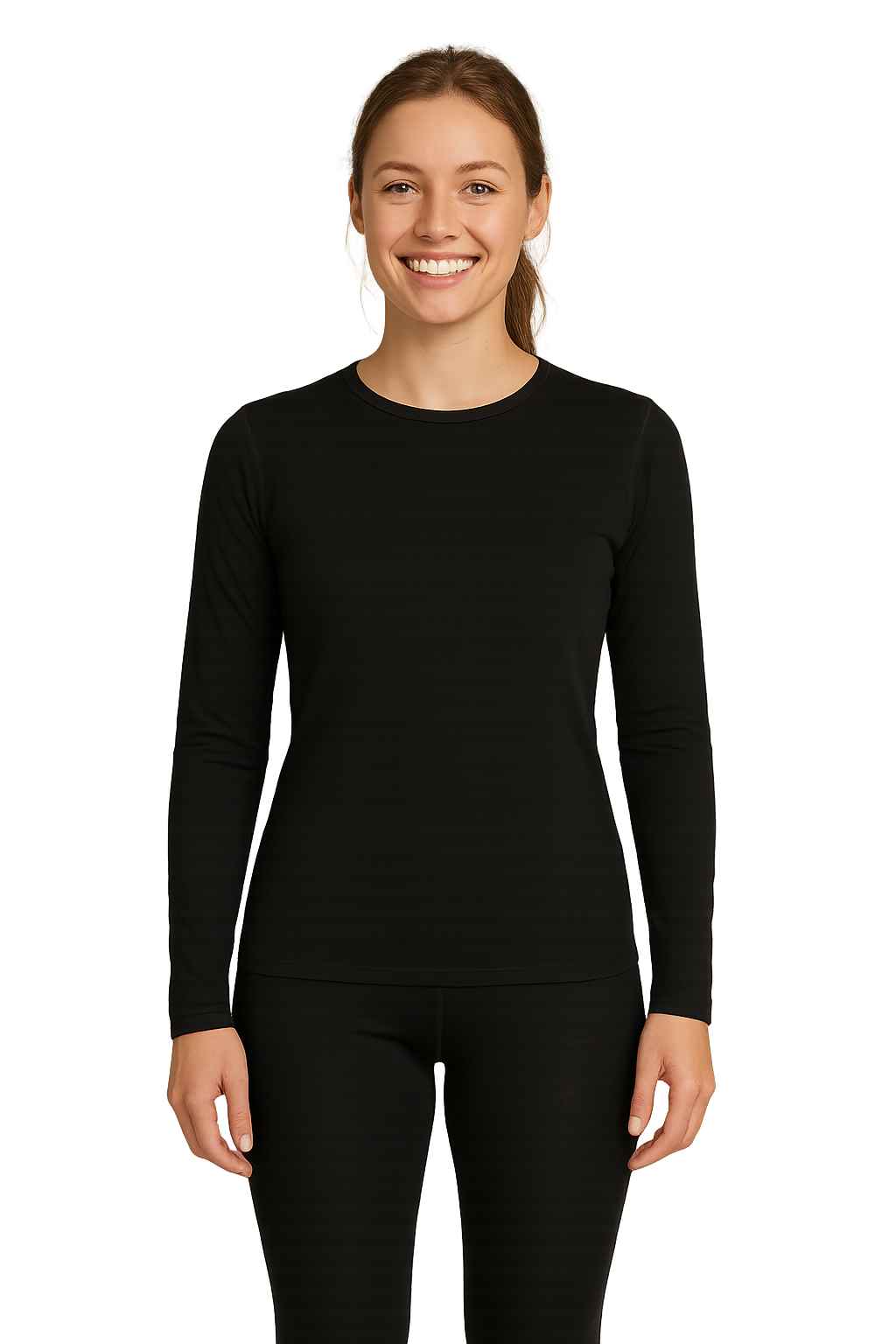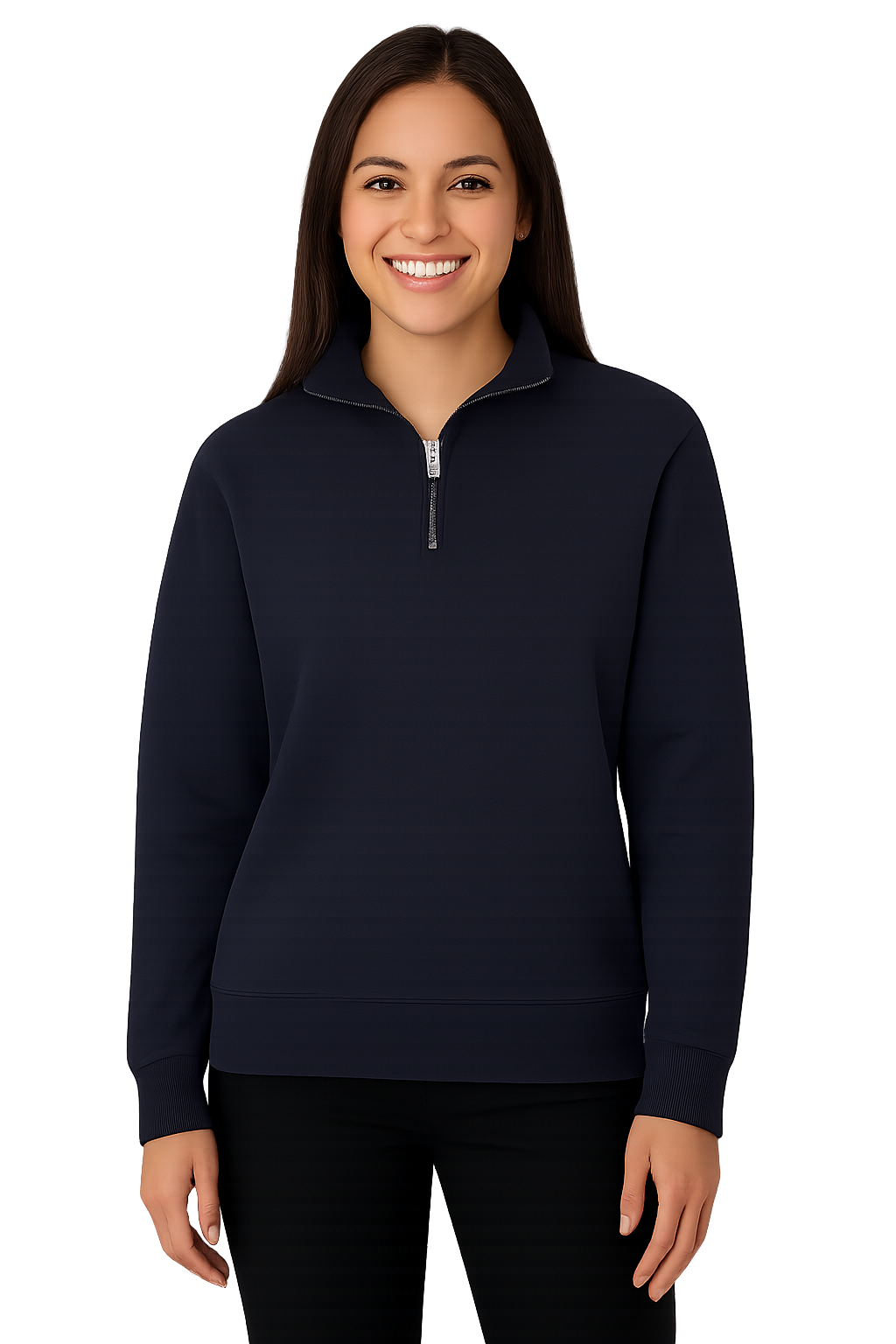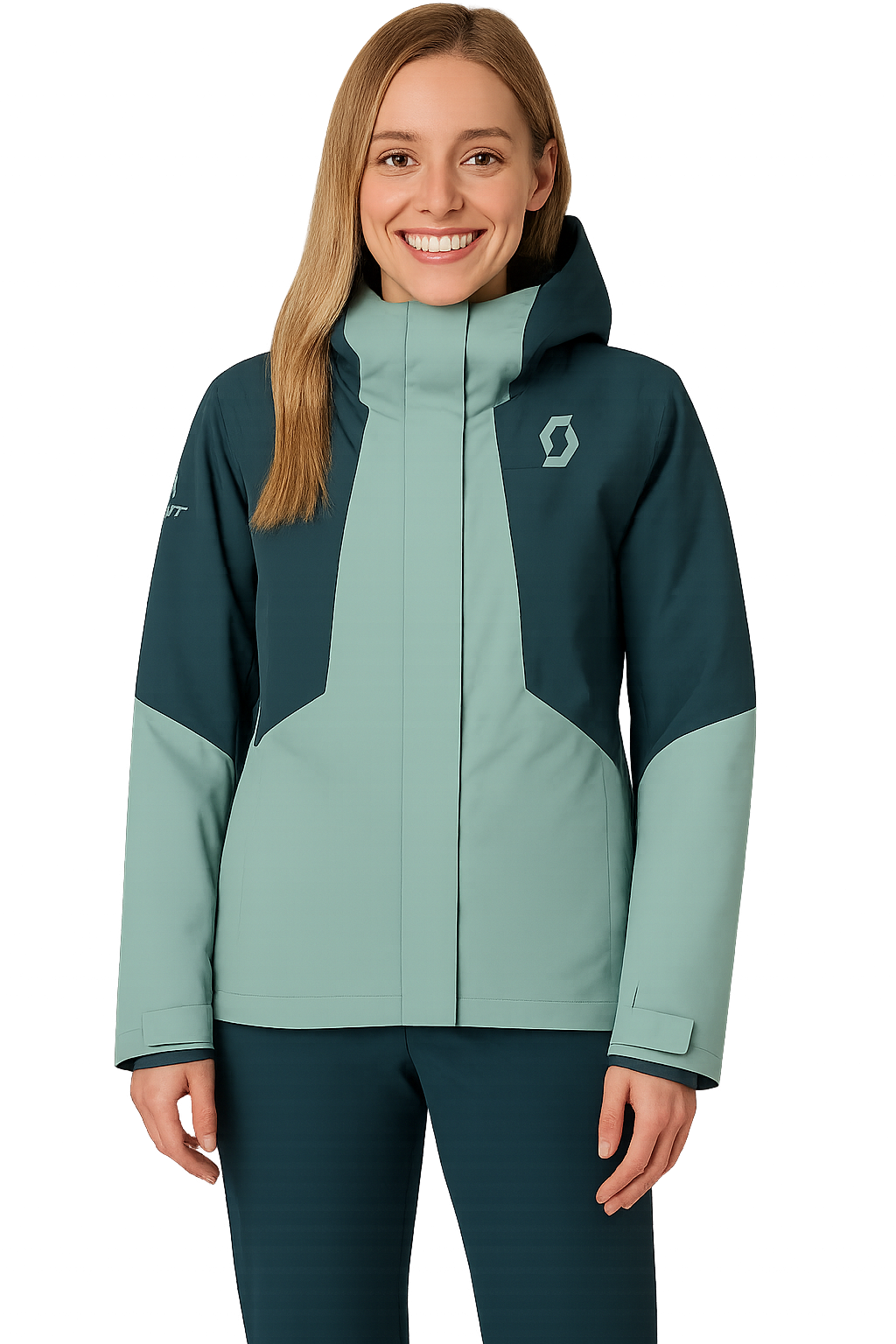WHAT TO WEAR ON THE MOUNTAIN
BASE LAYER
Moisture Control
A base layer is the layer of clothing worn closest to your skin, designed to wick away sweat and regulate body temperature, keeping you dry and warm. It is typically made from moisture-wicking materials like merino wool or synthetics, it should fit snugly to your body without being restrictive, minimizing friction and maximizing comfort during activity. Avoid cotton, as it absorbs moisture and will make you cold.

Mid-Layer
Insulation
A mid-layer is an insulating layer worn over the base layer and under the outer shell, designed to trap body heat and keep you warm while still allowing moisture to escape, preventing overheating and maintaining dryness. You can adjust your mid-layer by adding or removing it to adapt to changing weather conditions on the mountain, making it a crucial component of the layering system.
Additional mid-layer accessories include neck warmers, ski masks, and helmet liners.

Outer Layer
Protection
An outer layer is a waterproof, windproof, and breathable outer garment that protects you from snow and wind while keeping you dry and comfortable on the slopes. This layer includes your ski jacket and ski pants or bibs, which work together with base and mid-layers to regulate your body temperature and shield you from the elements.

Essential Accessories
Gloves
Waterproof gloves or mittens with insulation are key to staying warm and dry while on the slopes. If your hands or feet get cold, the rest of your body tends to follow suit.
Goggles
Ski goggles shield your eyes from wind, snow, and UV rays, They also keep your face warm and improve your overall visibility of the ski terrain by enhancing contrast in low-light or foggy conditions
Helmet
A helmet is critical for protecting your head from injury on the slopes. Helmets are designed to absorb the shock from an impact, which helps to reduce the severity of head injuries like concussions. Ski helmets also keep you warm by providing insulation through their liners and earpads, shielding your head from wind and snow and preventing heat from escaping.
Socks
You will need a pair of dedicated ski socks made from moisture-wicking materials like merino wool or synthetic blends, never cotton, that come in over-the-calf length, a snug fit, and properties to keep your feet warm, dry, and comfortable. Only wear a single pair to prevent bunching and maintain proper boot fit.
Boots
Winter snow boots are crucial for staying comfortable in the mountains. Their waterproofing and insulation keep your feet warm in cold temperatures and assist with traction on icy and snowy terrain. Winter conditions, including deep snow and ice are common, making proper footwear essential for safety and comfort during outdoor activities outside of skiing and snowboarding.

